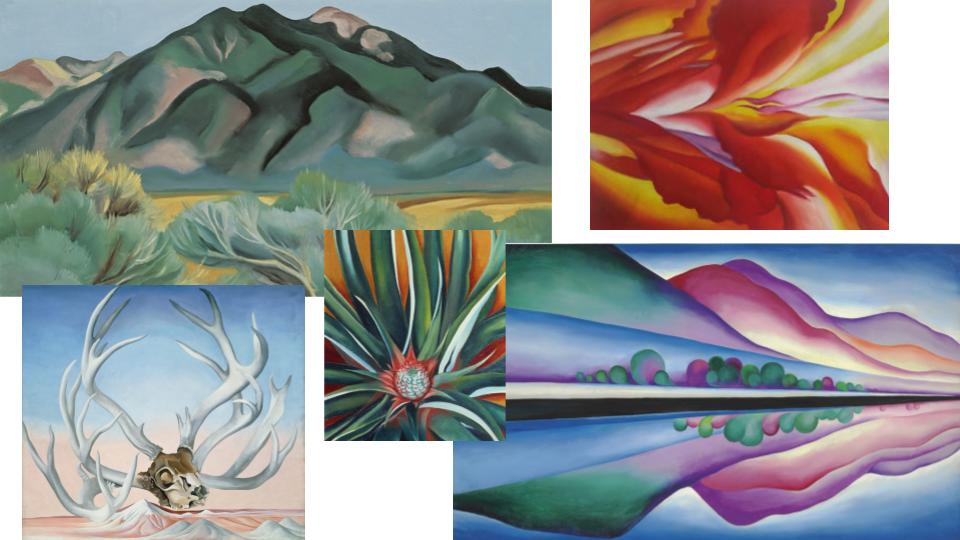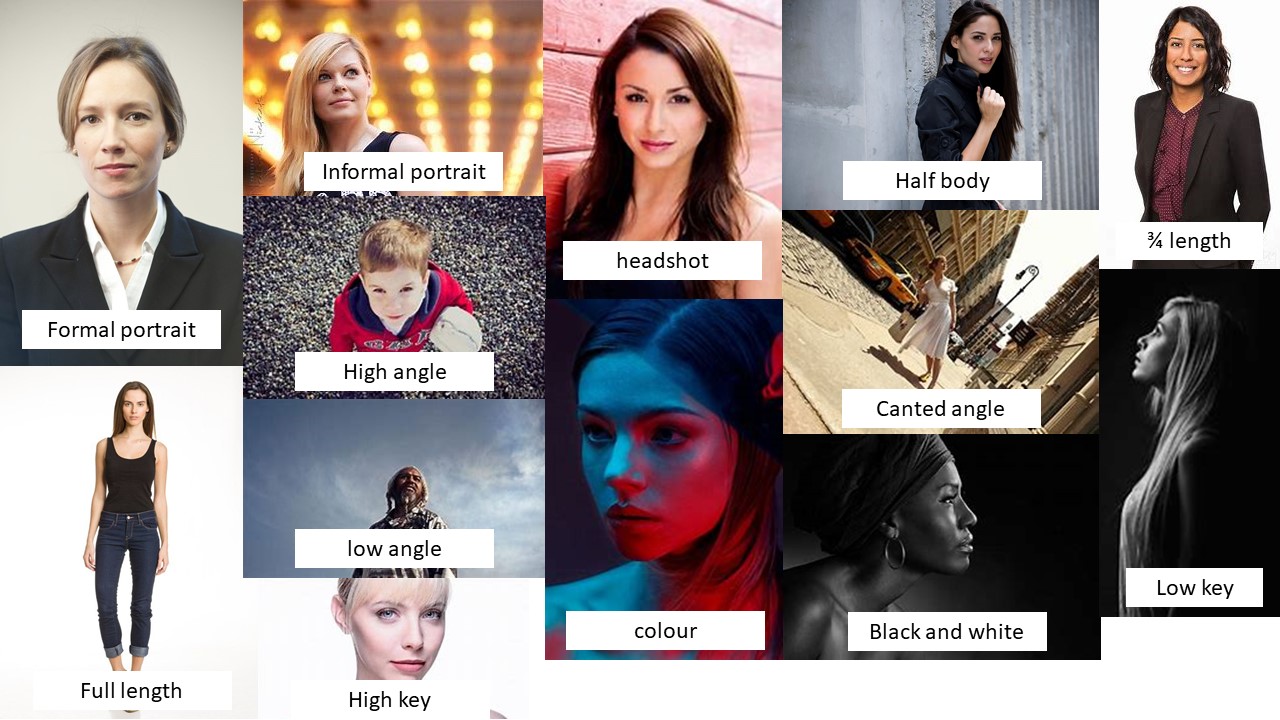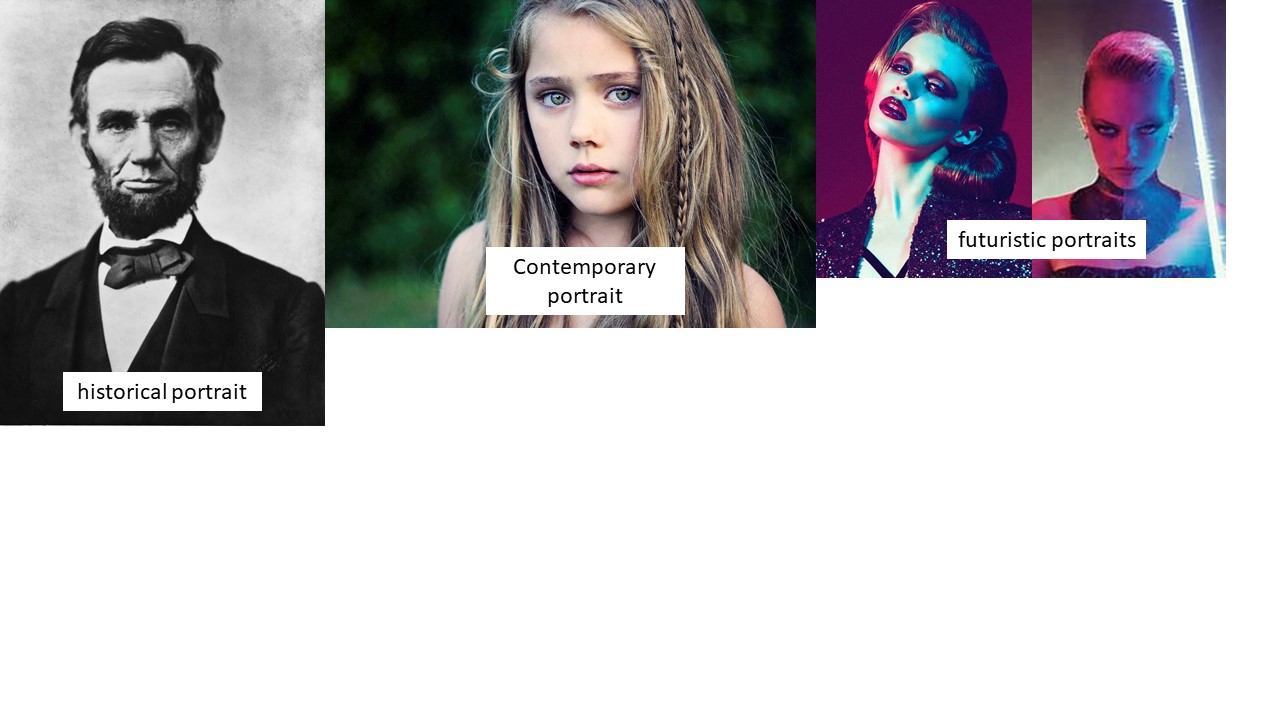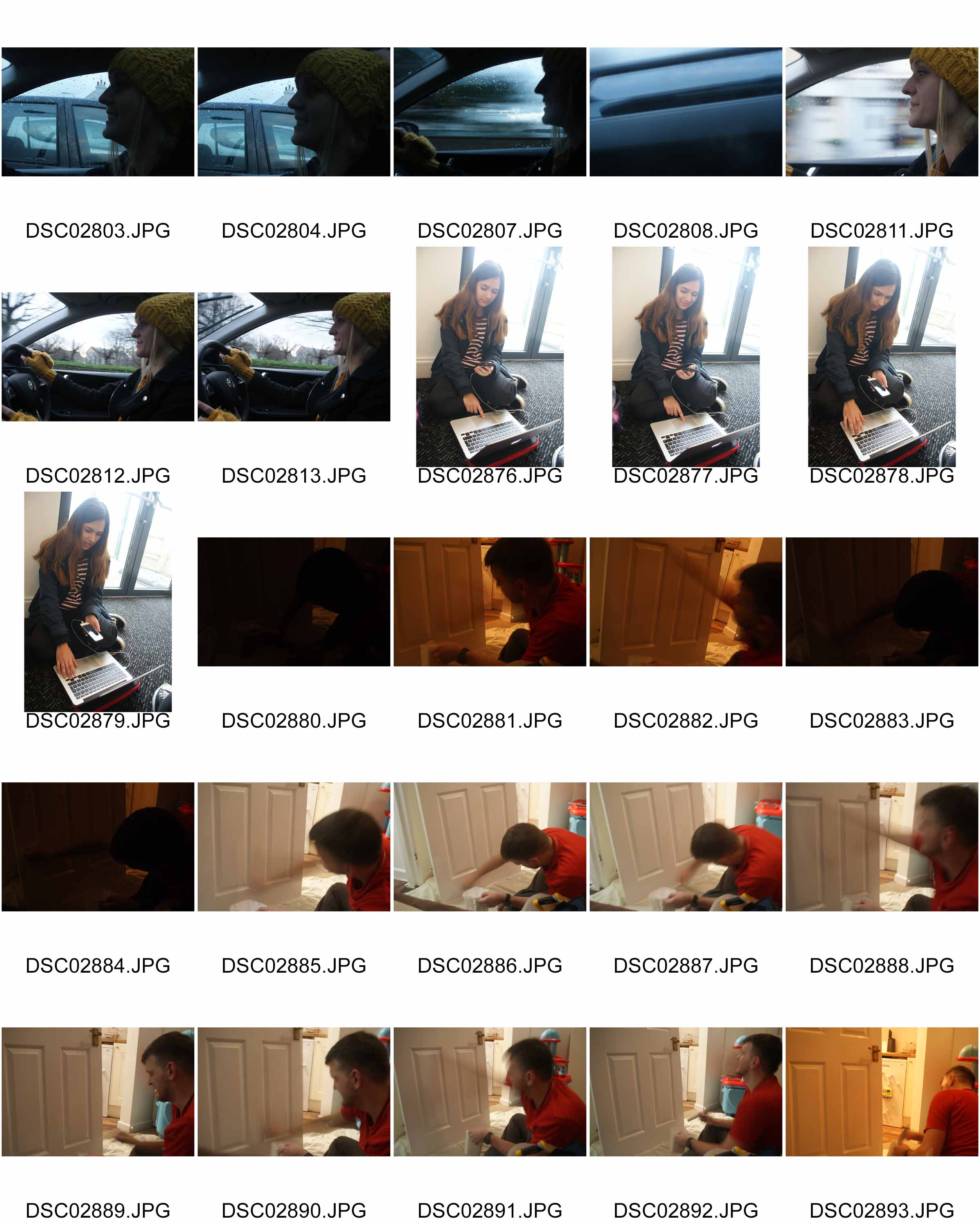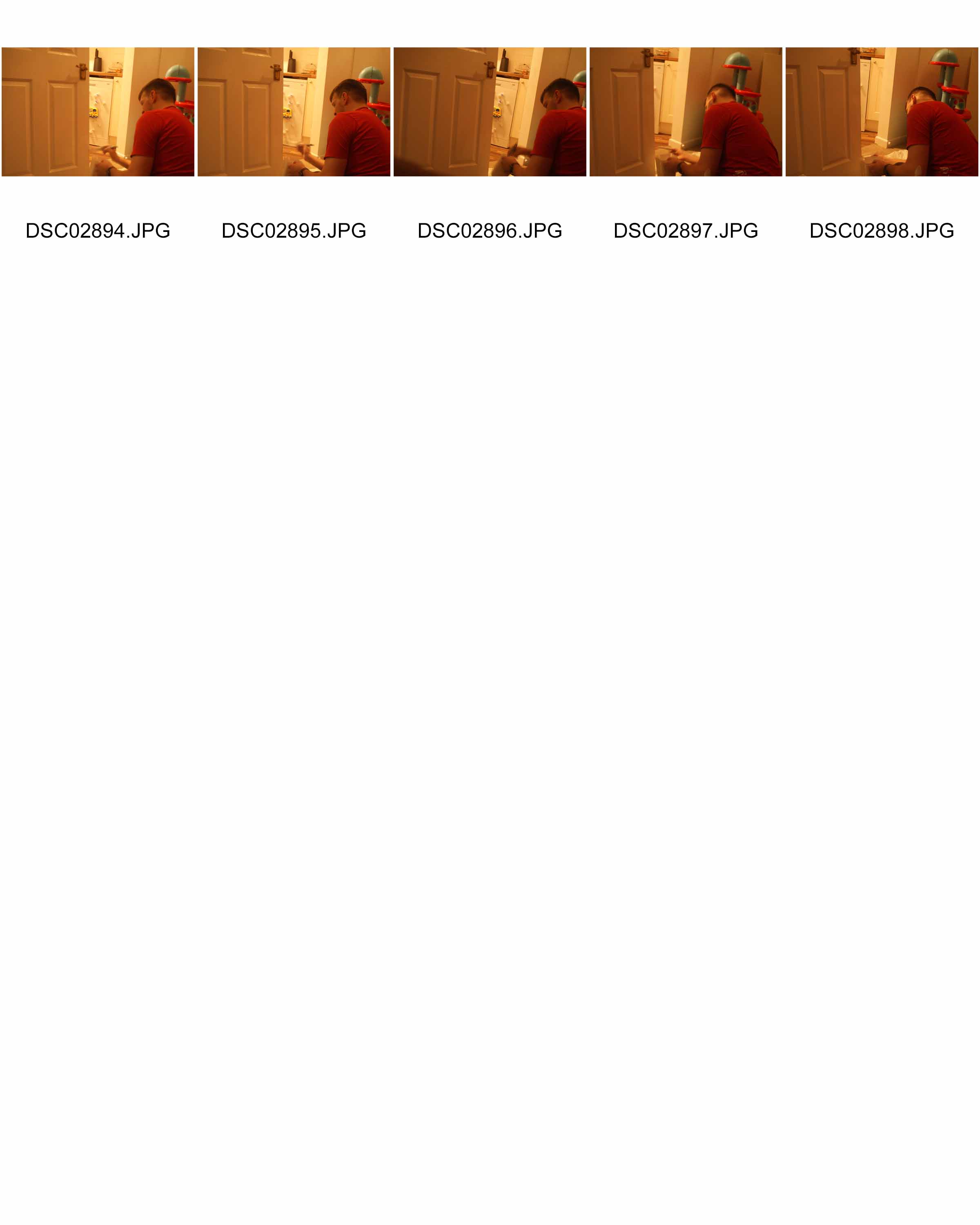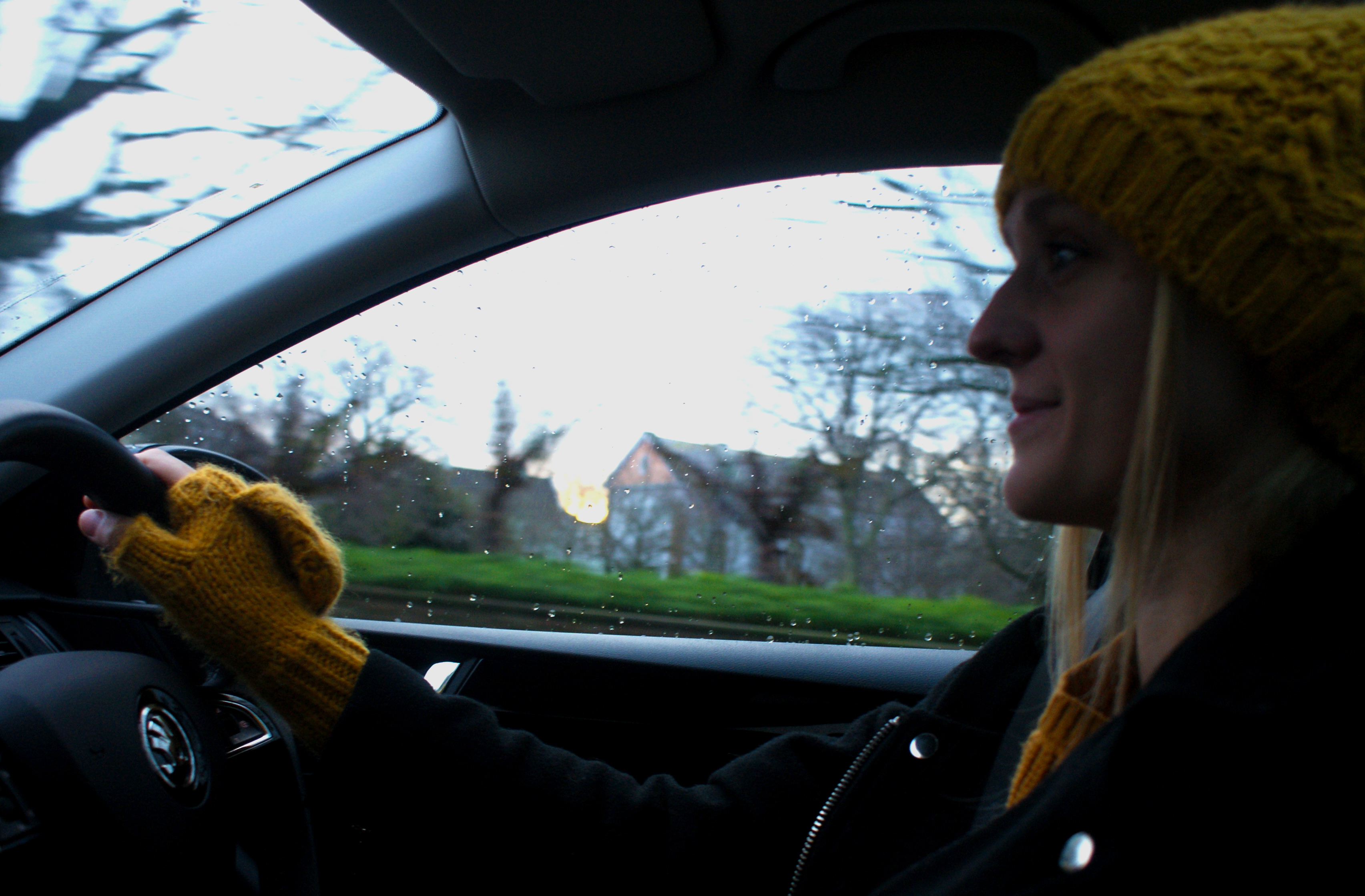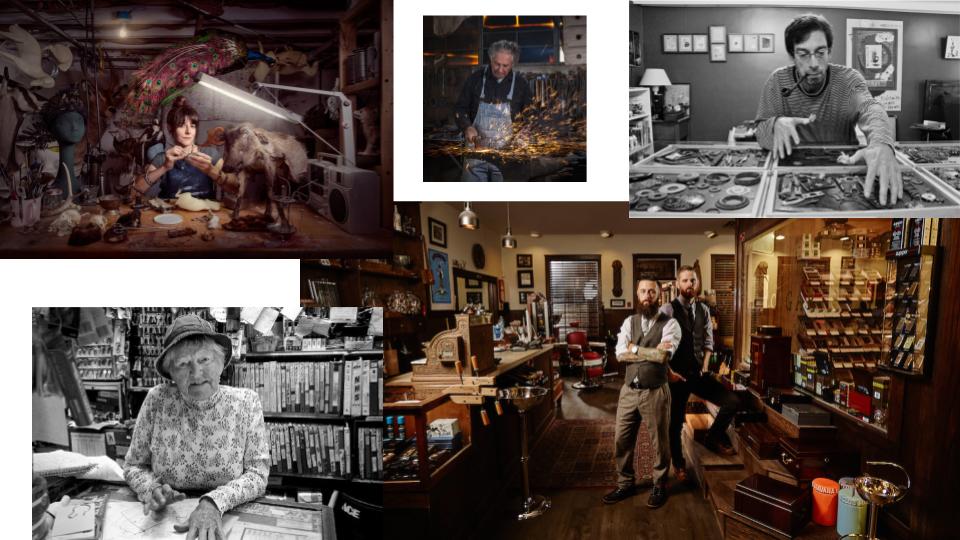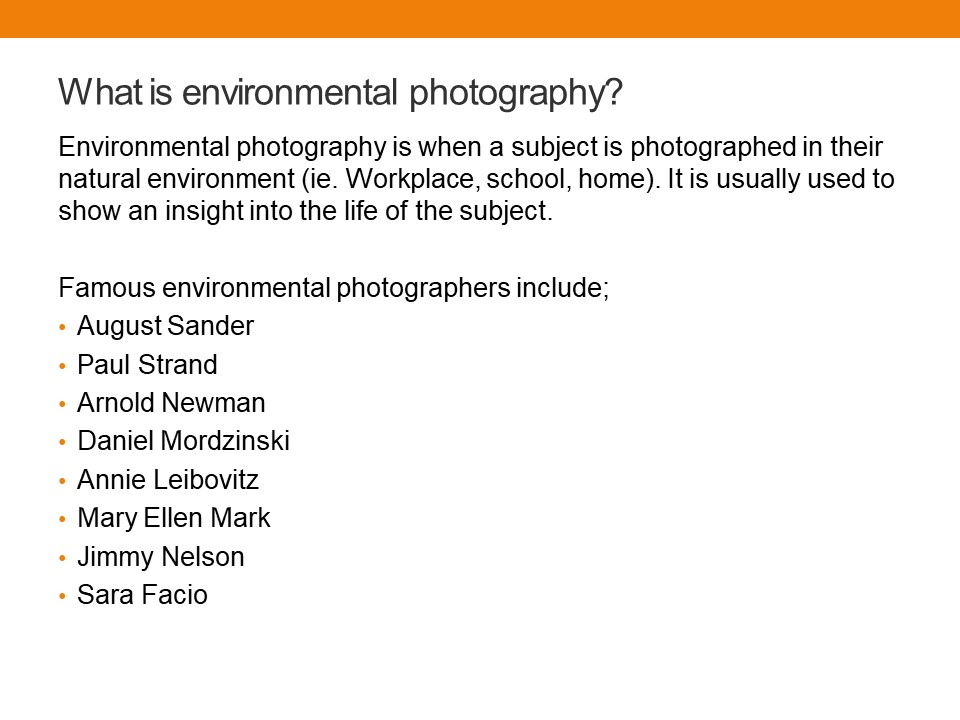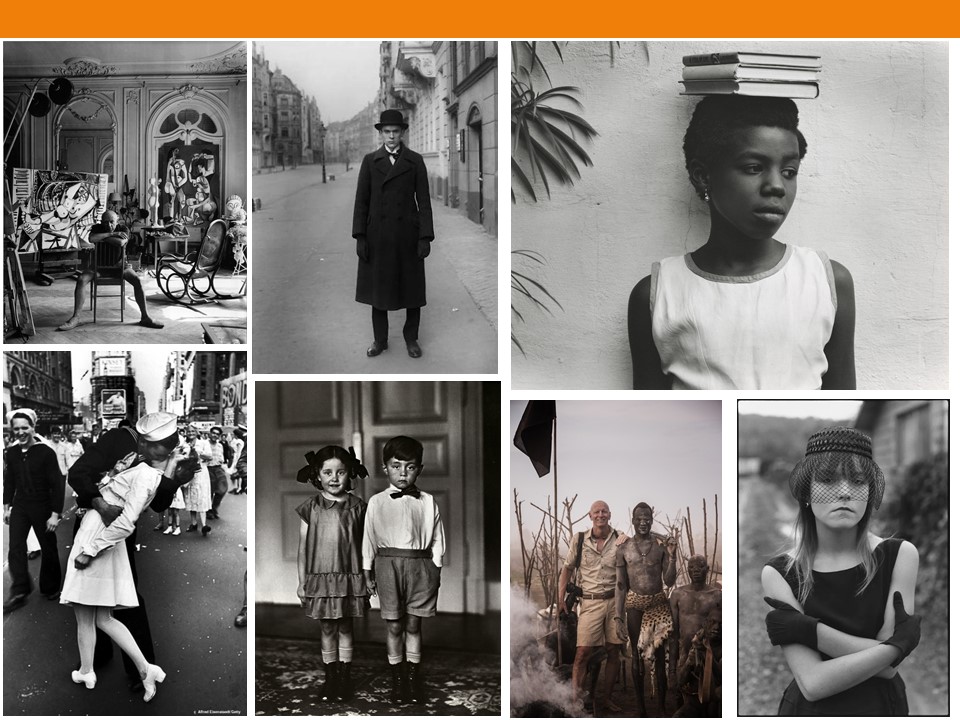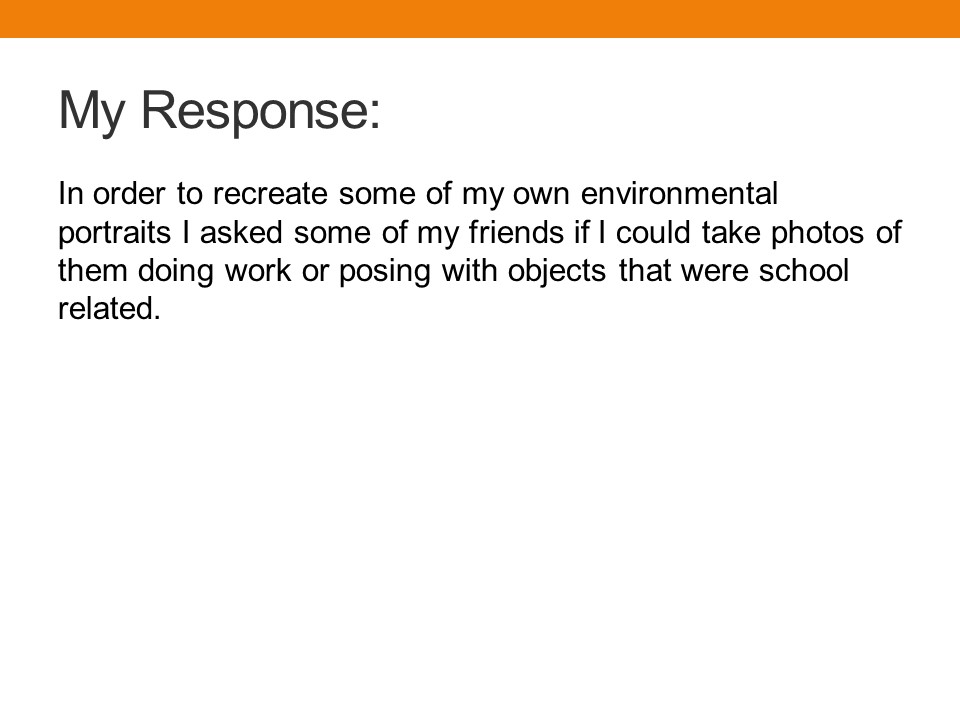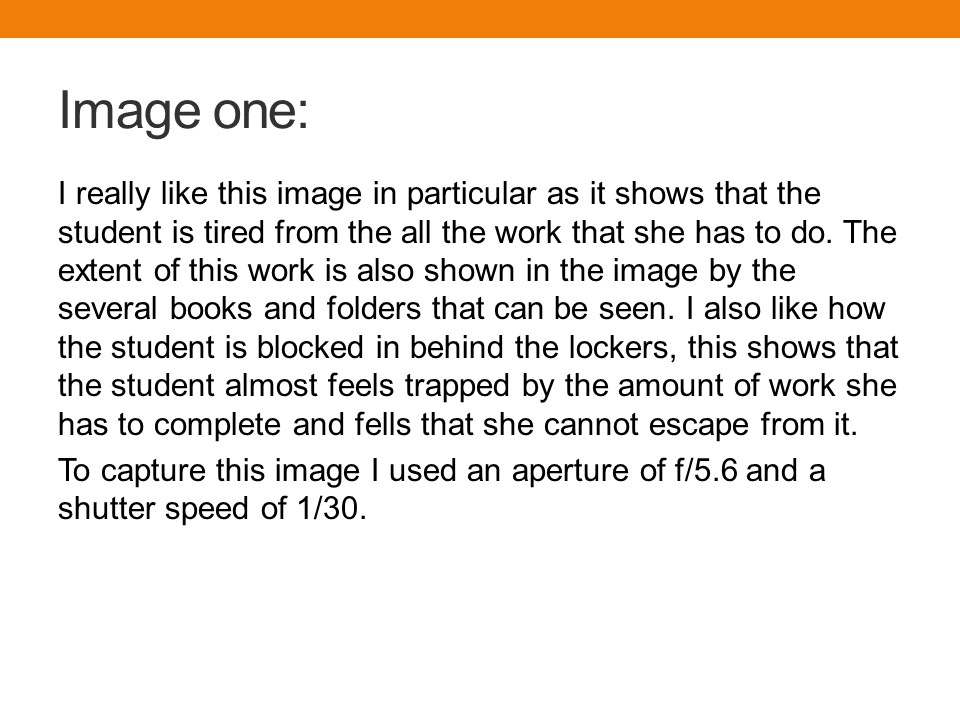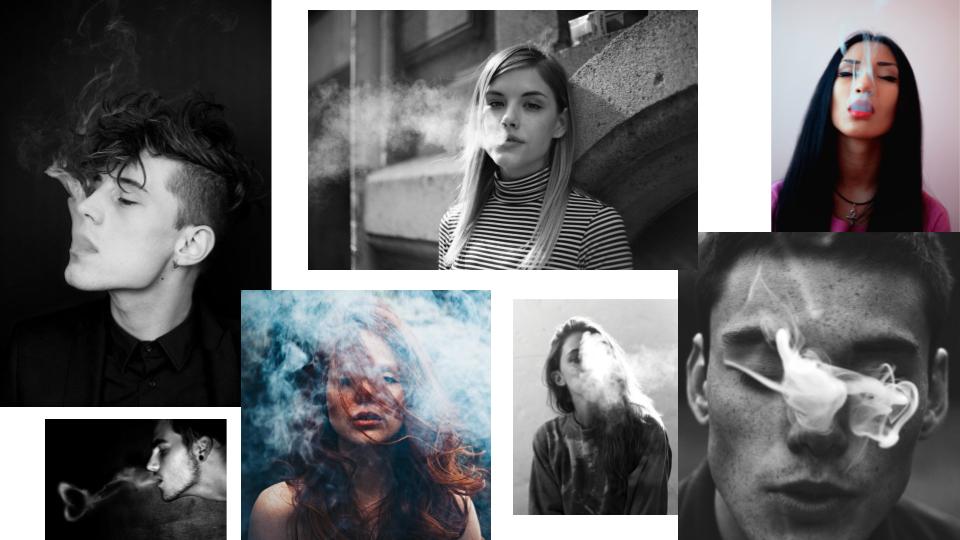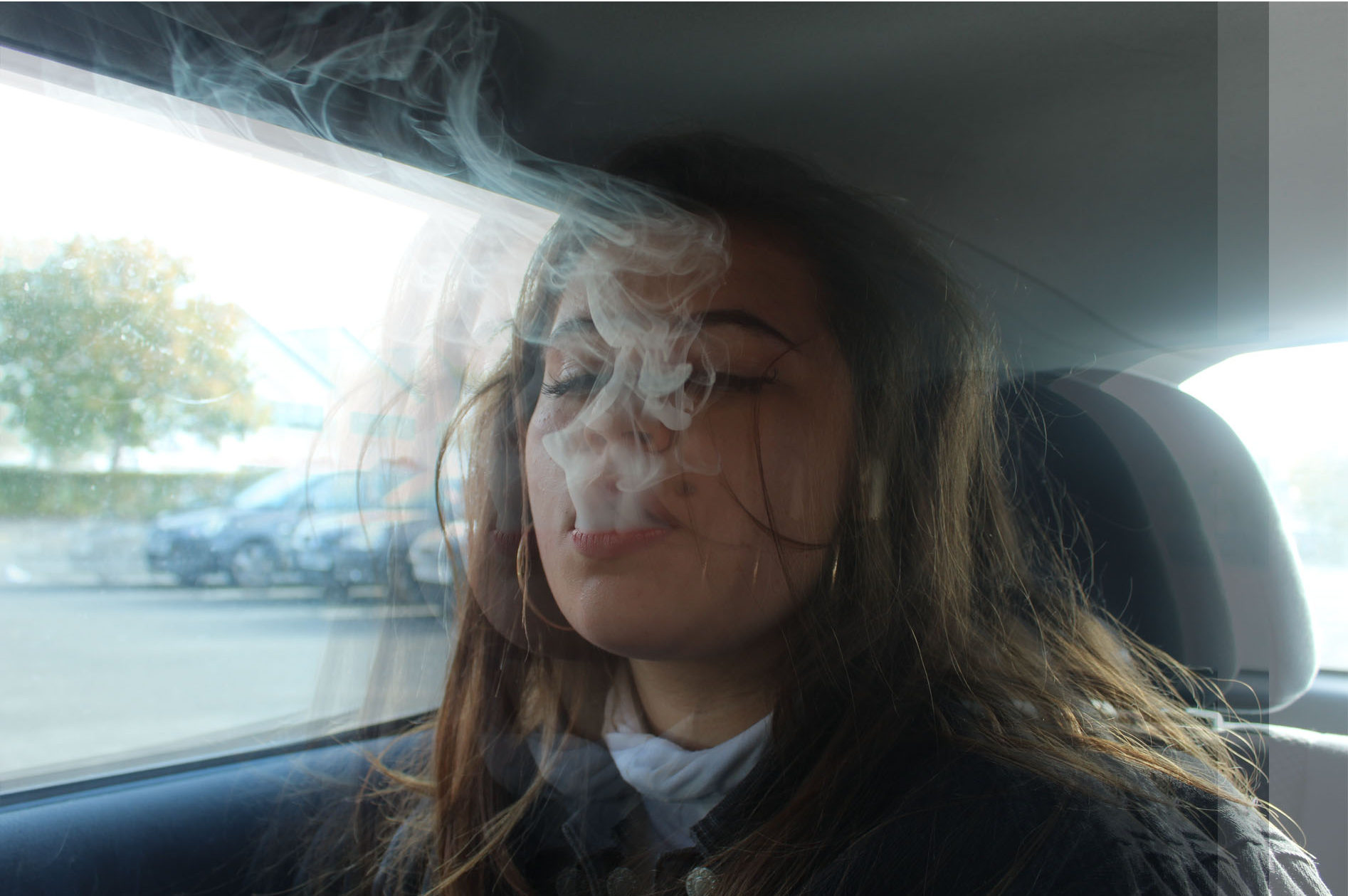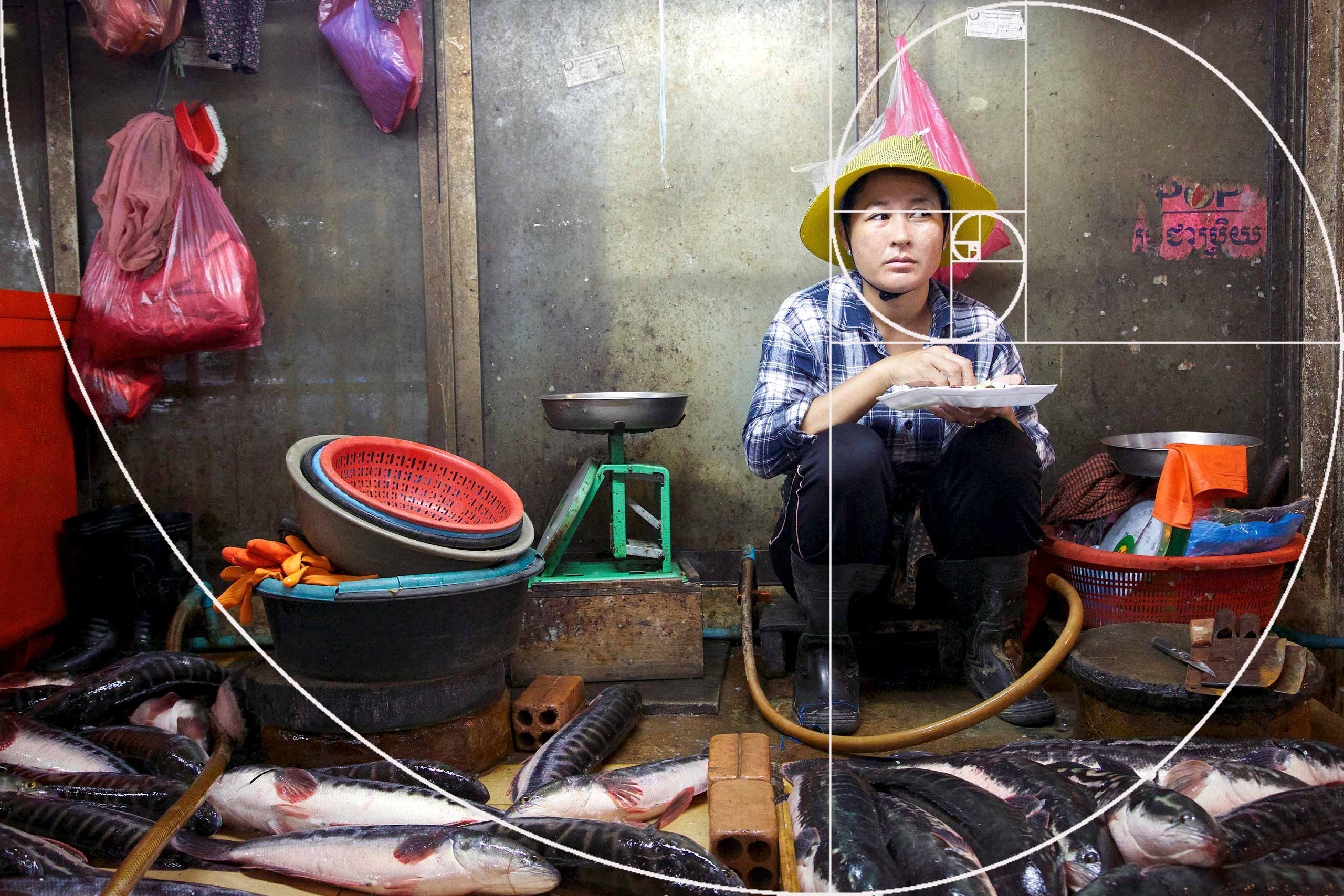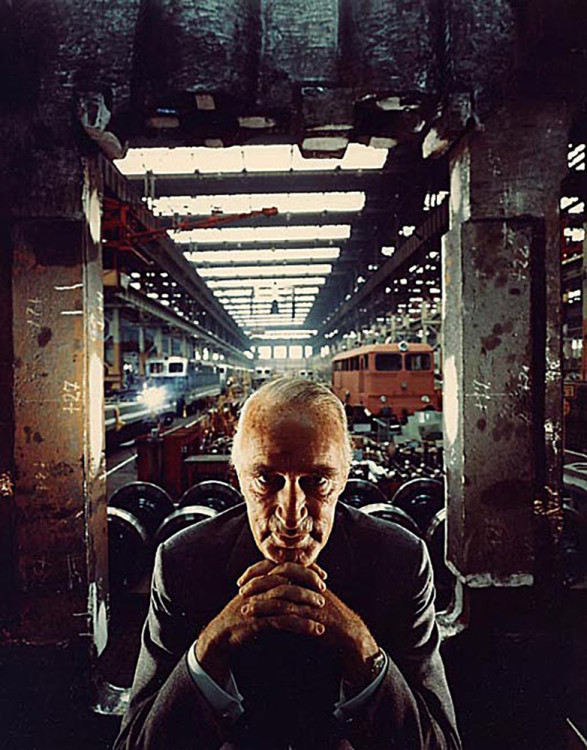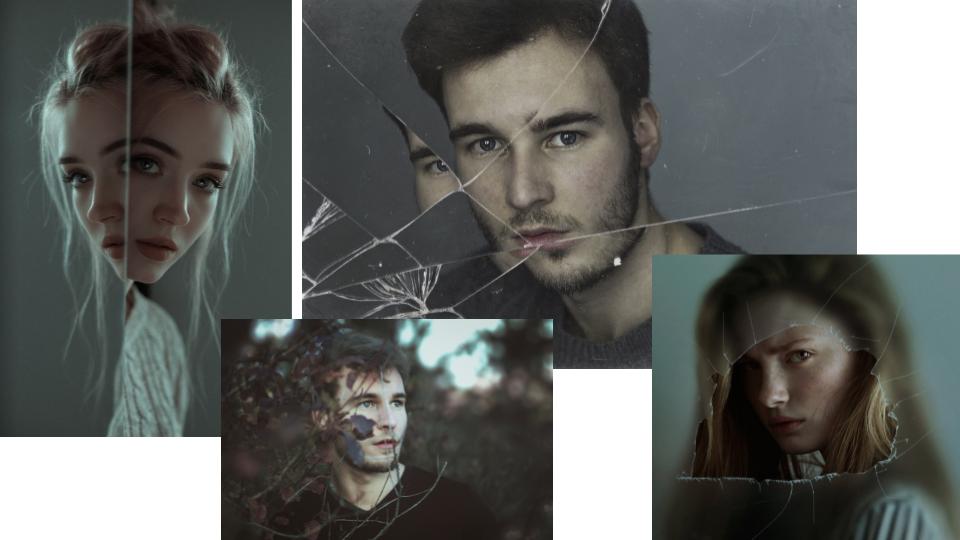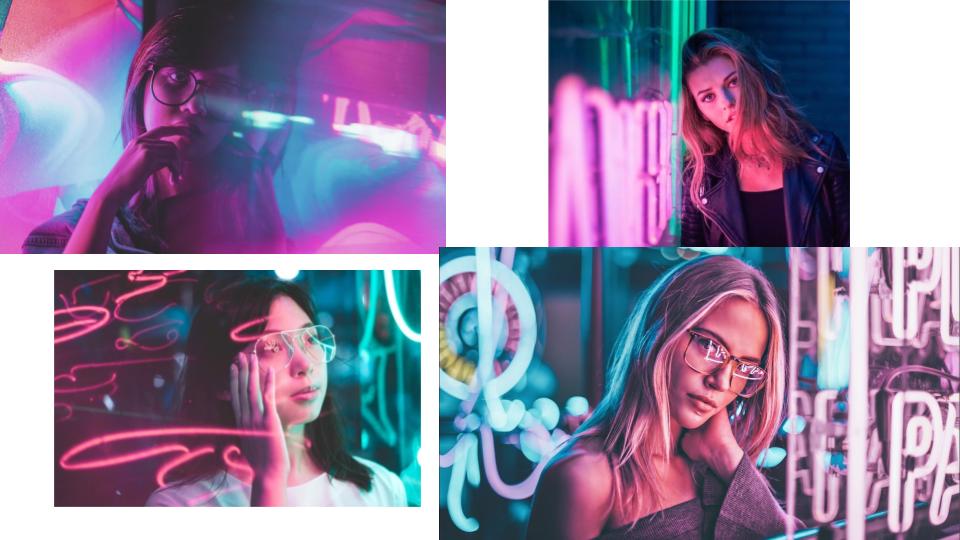Arnold Newman:
Born in Manhattan (3rd March – 1918), Newman grew up in Atlantic City, New Jersey and later moved to Miami Beach, Florida. In 1936, he studied painting and drawing at the University of Miami. Unable to afford continuing after two years, he moved to Philadelphia to work for a studio, making 49-cent portraits in 1938. Newman then returned to Florida in 1942 to manage a portrait studio in West Palm Beach. Three years later, he opened his own business in Miami.
Arnold Newman is often associated with being the first photographer to use “environmental portraiture”, in which Arnold placed the subject in a carefully controlled setting to capture the essence of the individual’s life or work.
Newman normally captured his subjects in their most familiar surroundings with visual elements representing their professions and personalities (such as tools in a workshop or instruments in a musicians studio). Using a large-format camera and tripod, he worked to record every detail of a scene to create an in depth and accurate image of the subject’s life.
“You don’t take pictures with your camera. You take pictures with your mind and your heart.” -Arnold Newman
Mood Board:
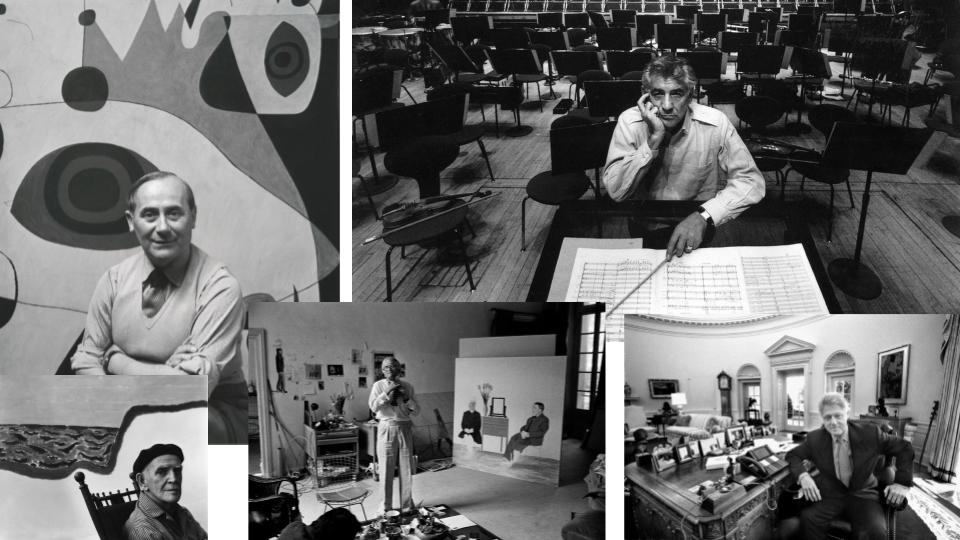
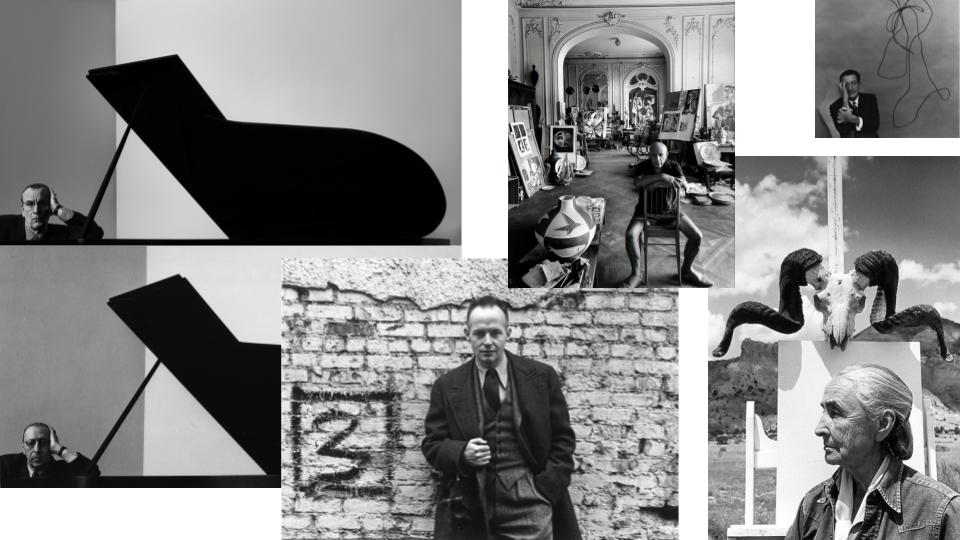
Selected Image:
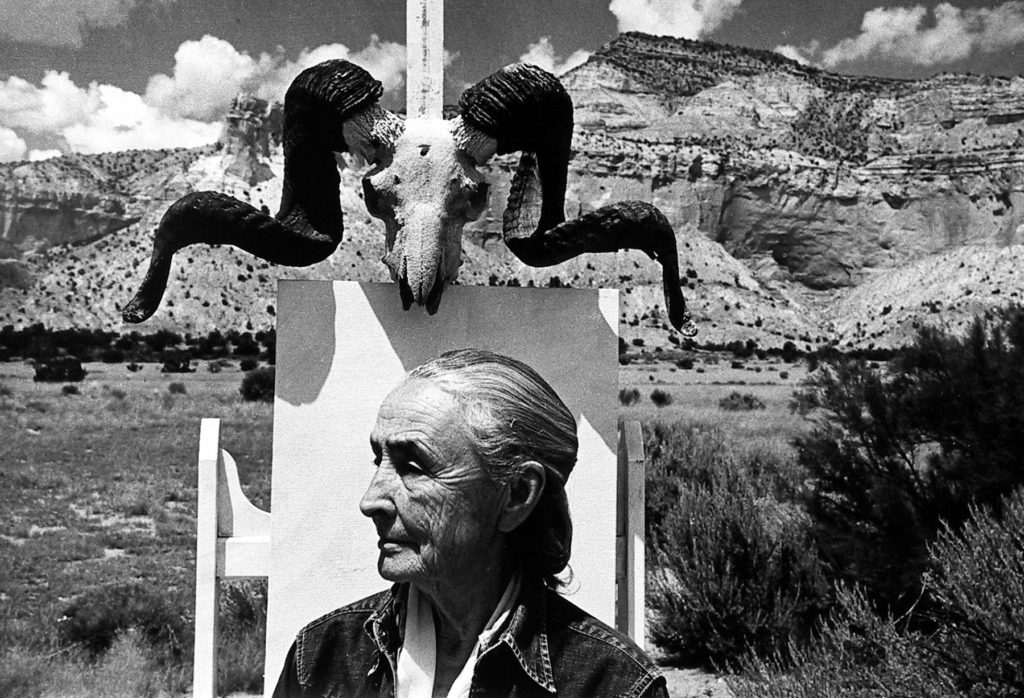
Georgia O’Keeffe, Ghost Ranch, New Mexico, 1968
Gelatin silver print; printed c.1968
9 1/8 X 13 1/2 inches
Technical:
- Contrast
- Use of shade
- Daylight
- Contrast for emphasis and highlights
- Close up (intimate)
Visual:
- Old woman in the foreground facing off to the left of the image, possibly in thought.
- Desert setting with few clouds creating ambience and light which casts shadows on the texture of the mountains in the background.
- Dark shrubs on the right of the image break up symmetry of the background and coincides with the shadow cast by the female figure.
- Animal skull on painting easel connoting “country” feel and suggesting the female in the image may be an artist at her usual painting spot.
Contextual:
- The photograph was taken of Georgia O’Keeffe in New Mexico in 1968.
- O’Keeffe was a modernist painter living in the desert in New Mexico and spent much of her time going on walks and gathering inspiration for her art.
Conceptual:
- Newman’s inspiration for the image came from the setting on O’Keeffe’s home area.
- The animal skull and clearly barren background show the setting of where O’Keeffe lived and showed the landscape from which she gathered much of her inspiration.
- O’Keeffe is the only person in the image with no sign of live past her canvas conveying a solitary, however the artist doesn’t appear sad, showing different people find happiness and inspiration in different places.
Georgia O’Keeffe:
Georgia O’Keeffe (born 15th November 1887) first traveled to New Mexico in 1929 and moved there permanently in 1949, following the death of her husband, Alfred Stieglitz. Although she achieved early success as a painter living in the East, the landscape of the desert gave O’Keeffe her greatest inspiration.
She often painted familiar subjects such as flowers, buildings, and objects found on walks around her remote home. She did so in a unique way, often transforming common items into colourful pieces of art, focusing heavily on line and form within her work. By the late 1940s O’Keeffe was one of the best-known and original artists in America.
Some of O’Keeffe’s Work:
